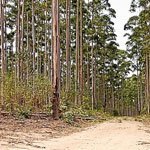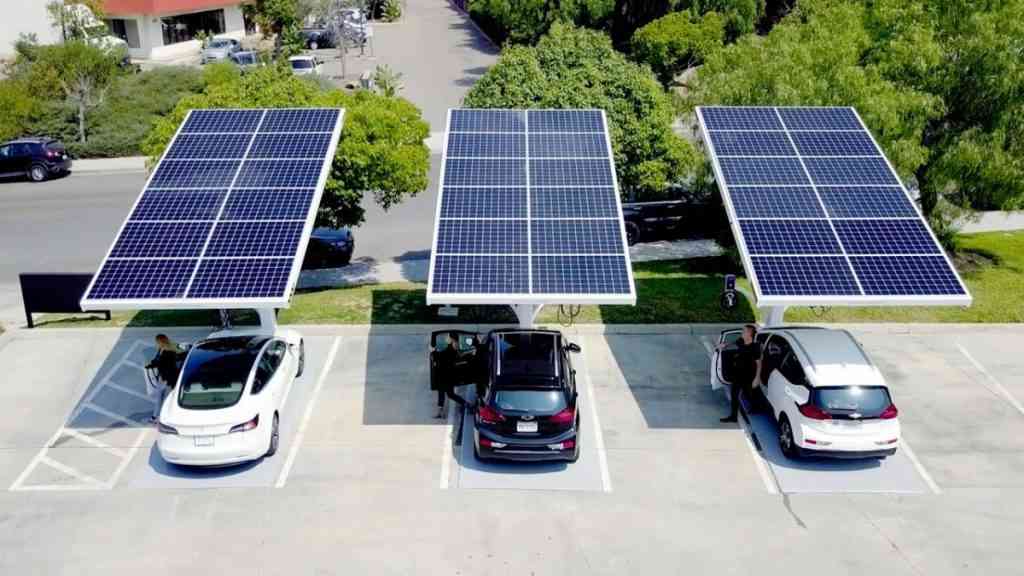
During my first interview with Ken, I think we spoke at cross purposes. My primary concern was to find out how to manage gardens in the face of our perennial water problems, while he on the other hand was keen to speak of a project very dear to him — the blue gums project specifically for the rural homestead.
Report by Helen Devmac Every so often he would revert to this subject! Until I assured him that we would give this topic an airing. To be honest, I had great difficulty envisaging the sort of garden I had in mind in a rural setting.
Finally, early this week, we met specifically to discuss the blue gum project. Sitting in my office and looking into the garden Ken immediately put names to the trees growing there — bauhinia Tomentosa and the cassia Abbreviata — which is apparently of medicinal value. I was surprised and glad to know that both these trees were indigenous species.
Just as I had done for my first interview with Ken, I prepared myself by casting my thoughts back several years, trying to recall visits to my maternal grandmothers’ rural home, remembering the sort of garden there, without much greenery apart from the well-guarded patches of green vegetables quite a distance from the huts.
Of course there always were the fruit trees scattered around like mango, guava and avocado trees — all scrawny looking without much hope of yielding much fruit.
Flowers were scanty while few hardy pink and white periwinkle bushes could be found here and there. Water around the homestead was in short supply and used only for the kitchen and drinking.
Once a week drums would be loaded onto an ox drawn cart and we would all go off to the well to collect water. What was impressive and memorable on these trips was the vegetation, green lush and thick, quite unlike anything I had ever seen in the city where I lived with my parents.
This is what made the visit to kumusha special — that ability to commune with nature. I remember picking mazhanje in a thick forest and being cautioned by my grandmother to be quiet, and particularly not to comment on anything I saw in that forest. I just had to pick the mazhanjes that had fallen off the trees and not to shake the trees! This added some mystery to such a simple task, and a reverence for the environment.
- Chamisa under fire over US$120K donation
- Mavhunga puts DeMbare into Chibuku quarterfinals
- Pension funds bet on Cabora Bassa oilfields
- Councils defy govt fire tender directive
Keep Reading
Sadly, forests are no longer there in most rural areas. Hillsides and valleys have been denuded of vegetation causing great degradation, turning what was once beautiful into waste and desert. This is where Ken has set his dream — to reforest Zimbabwe. I don’t know many people with a passion and vision quite like Ken’s. He is indeed a man on a mission.
At his nursery in Harare he sows indigenous seeds into trays in the hope of planting these in gardens in the city. He has a few species he guards tenaciously for their medicinal properties.
I learnt that indigenous trees are rather fussy and cannot just be planted anywhere, since there are some which are specific to certain region. This is why he has had to look elsewhere for trees to use in his project.
His particular favourite is the blue gum because once planted and has taken root, it requires very little maintenance.
At his nursery in Harare he has the capacity to seed at least 10 million trees. He does not stock seedlings for blue gums but only prepares them to order. His dream of resuscitating our communal lands is simple and yet practical. Not only will it restore our villages to their former grandeur, but will check and reverse some of the damage that has occurred as a result of soil erosion.
To this end Ken and his team would like to target a rural area as close to Harare as possible. He mentioned the Seke area as a distinct possibility. Proximity to Harare would mean that once planted Ken and his team would be able to monitor progress and development of the saplings.
I am informed that it would take a period of at least three months for the trees to take root. Once established there would be no looking back. The trees would provide shade for homesteads and schools, and along with that would come the establishment of agro-based industries such as bee-keeping which will enable the rural folk to earn much needed income.
Once fully grown, the blue gums are harvested as timber and after harvesting, the tree regenerates becoming a valuable investment for schools and homesteads.
In order to get started Ken needs the participation of rural homesteads, schools and clinics. He believes that in a short time our now barren and denuded forests could be returned to what they once were.
For tree planting to be effective, it has to coincide with the rainy season, so that the trees get the moisture they so require during the first three months.











